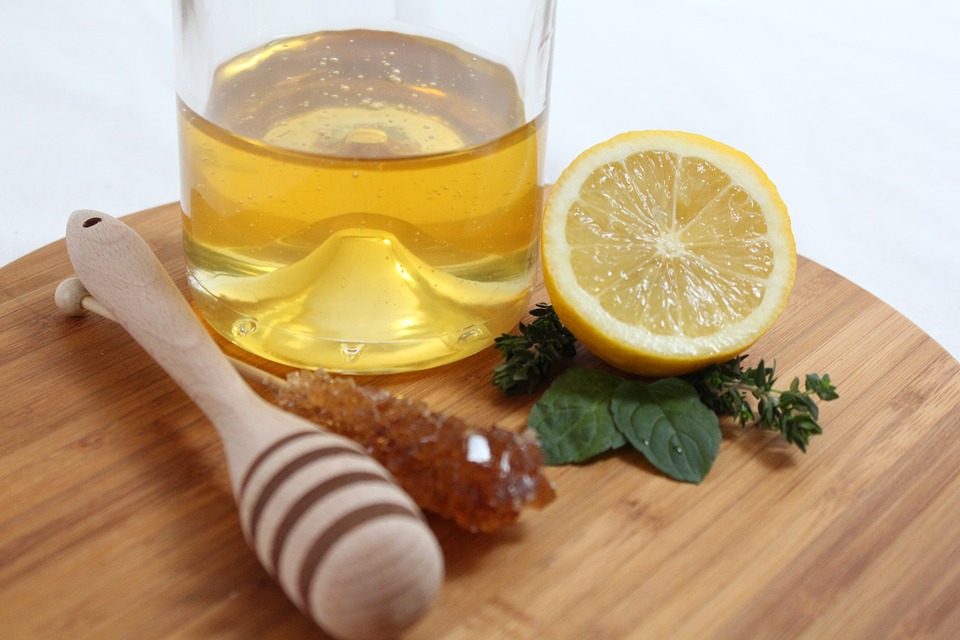
Approximately 40 percent of seniors experience memory impairment, according to past published studies. Of those diagnosed, around 1 percent of them will eventually progress to dementia — a medical condition linked to the progressive decline of the brain function. In fact, memory loss has now become a common senior worry along with DVT and heart disease. As people get older, many of them admit to worrying about themselves or their loved ones and a potential diagnosis of Alzheimer’s if signs of memory loss happen to show up. However, not all memory problems are linked to these conditions; in some cases, it can be attributed to aging or other lifestyle factors. In those instances, there are steps seniors can take to boost their memory power, starting with their diet.
Understanding What Impacts Your Memory As You Age
Age-related memory loss can be mainly attributed to three main causes: the decline of the hippocampus region, reduction of the hormones protecting your brain as you get older and a decreased blood flow to the brain. All of these causes are quite common with age and while it can affect your ability to recall memories or your cognitive skills, it should not affect your ability to function in your daily life. If you do find your memory loss is progressive or disabling, it may be time to have a conversation with your doctor about the differences between age-related memory loss or dementia.
As you age, regions like the hippocampus will decrease in size. This means your ability to retrieve information already stored or encode new memories can be hampered. Similarly, low blood flow to the brain- commonly associated with dementia and higher incidences of falling in seniors- may cause memory slips. Alternatively, many medications taken by senior citizens can carry a memory impairment side effects. If you or a senior you know is worried about whether they are experiencing age-related memory loss or a medical condition, viewing Harvard University Health’s loss of cognitive abilities checklist can provide some answers.
Eat A Diet That Supports Brain Health
Multiple studies have established a link between eating healthy and brain health. For instance, a past study showed that a diet rich in added sugars can lead to declined short term memory ability while another published in the Journal Annals of Neurology highlighted the impact of a diet rich in saturated and trans fat on memory abilities.
Start with including fatty fish like salmon or trout in your diet at least twice a week. These foods are rich in omega 3 fatty acids- which helps to build brain cells, promote learning and steady any memory loss already experienced. Seniors should also aim to include green leafy vegetables, berries, and broccoli in their diets. All of these are rich in antioxidants and vitamin K, which can lead to better memory. Caffeine has also been shown to help; adding some dark chocolate, cocoa, or a cup of coffee in your day can help seniors remain alert.
Make Time For Sleep And Meditation
Lifestyle factors like your sleeping habits can significantly influence your ability to recall or register any new information. Make time for exercise and relaxation daily. Not only does regular exercise help to maintain the physical wellbeing of seniors but it is a great stress relief tool. Mediation has also been shown to reduce stress and improve short term memory.
Older adults should also aim for 7-8 hours of sleep every night. Without it, the consolidation of memories is interrupted. While sleeping changes are common with age, implementing tips like setting a bedtime routine, avoiding screens and caffeine before bedtime and including exercise in your daily life can help.
Boost Your Memory Progress With Omega 3 Supplements
In addition to diet and a healthy lifestyle, using nutritional additives that boost brain health can help seniors with age-related recollection abilities. Among the most recommended supplements are Omega 3 or fish oil supplements, which are the same polyunsaturated oils found in fatty fish like salmon and mackerel. There have also been studies showing the benefits of taking 5 grams of creatine daily (the supplement popular amongst the athletic and fitness crowd) in enhancing cognitive functions.
There is also evidence supporting the use of other over the counter supplements including vitamin E, caffeine, curcumin, and selective androgen receptor modulators (SARMS). However, it is important that these supplements should not take the place of a healthy diet. For instance, curcumin is the main ingredient in turmeric which can be easily added to your recipes or nightly glass of warm milk. Similarly, 100 grams of cocoa solids contain up to 230 mg of caffeine.
There is no quick fix to improving memory loss, but there is hope. The best bet is the ongoing adoption of healthy food and lifestyle choices.
Author Credit: Allie Oliver
For an overview of more Whole Health topics, Watch Two Hours of FREE Course Excerpts from the National Institute of Whole Health.



 Every year we are inundated with reports of possible flu pandemics and cautioned to get our flu shots early. For those who are staunch devotees of the
Every year we are inundated with reports of possible flu pandemics and cautioned to get our flu shots early. For those who are staunch devotees of the 


 Truly one of the most amazing examples of inter-cooperative, biochemical engineering imaginable! The immune system – our own personal National Guard and Marine Corps, rolled into one. It is always vigilant – 24/7 to keep us from harm and invasion by foreign enemies – microbes that want to grow and flourish in our internal environment.
Truly one of the most amazing examples of inter-cooperative, biochemical engineering imaginable! The immune system – our own personal National Guard and Marine Corps, rolled into one. It is always vigilant – 24/7 to keep us from harm and invasion by foreign enemies – microbes that want to grow and flourish in our internal environment.

 Given the way the health sciences have been taught in nursing and medical schools, it is perfectly understandable for physicians and nurses trained more than 25 years ago to think the placebo effect didn’t make sense and was perhaps a popular explanation for sudden healing – or a “spontaneous remission.” It is a leap for many to understand how a person think or believe something and that simple act of belief could heal them. That’s why the
Given the way the health sciences have been taught in nursing and medical schools, it is perfectly understandable for physicians and nurses trained more than 25 years ago to think the placebo effect didn’t make sense and was perhaps a popular explanation for sudden healing – or a “spontaneous remission.” It is a leap for many to understand how a person think or believe something and that simple act of belief could heal them. That’s why the